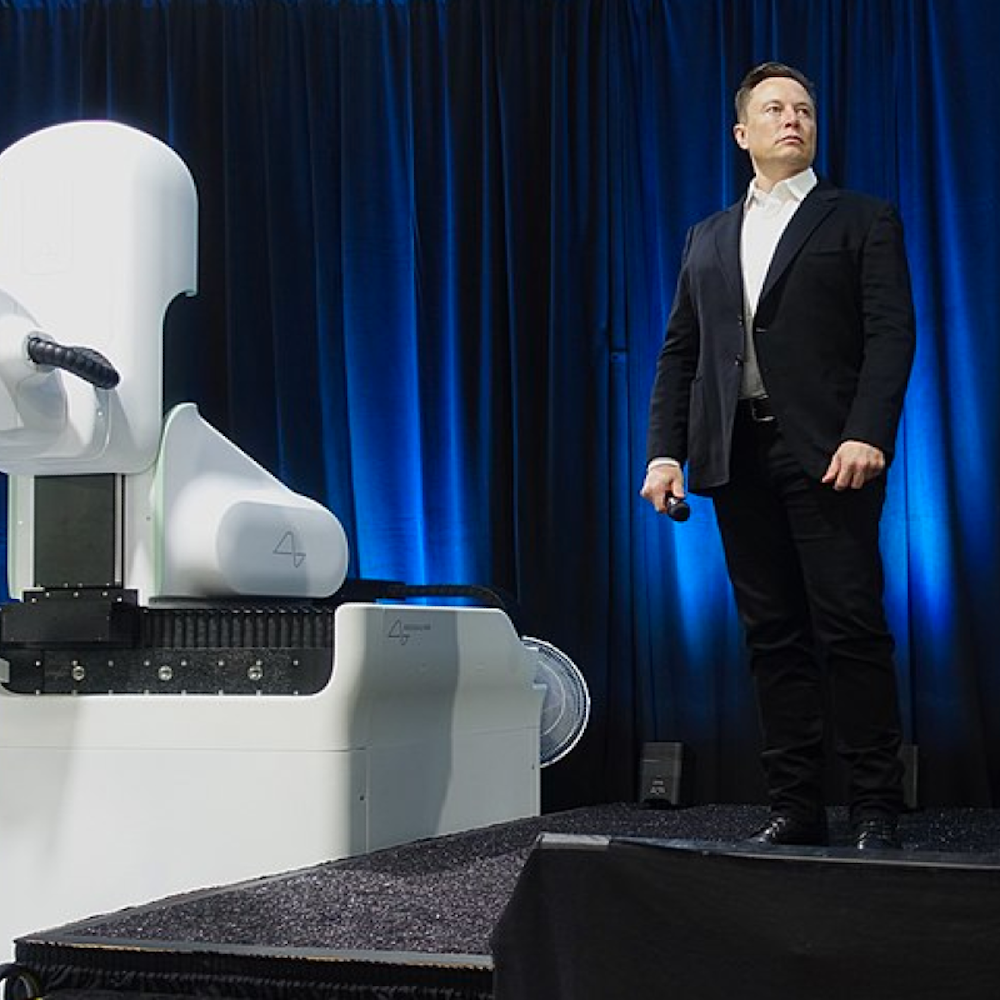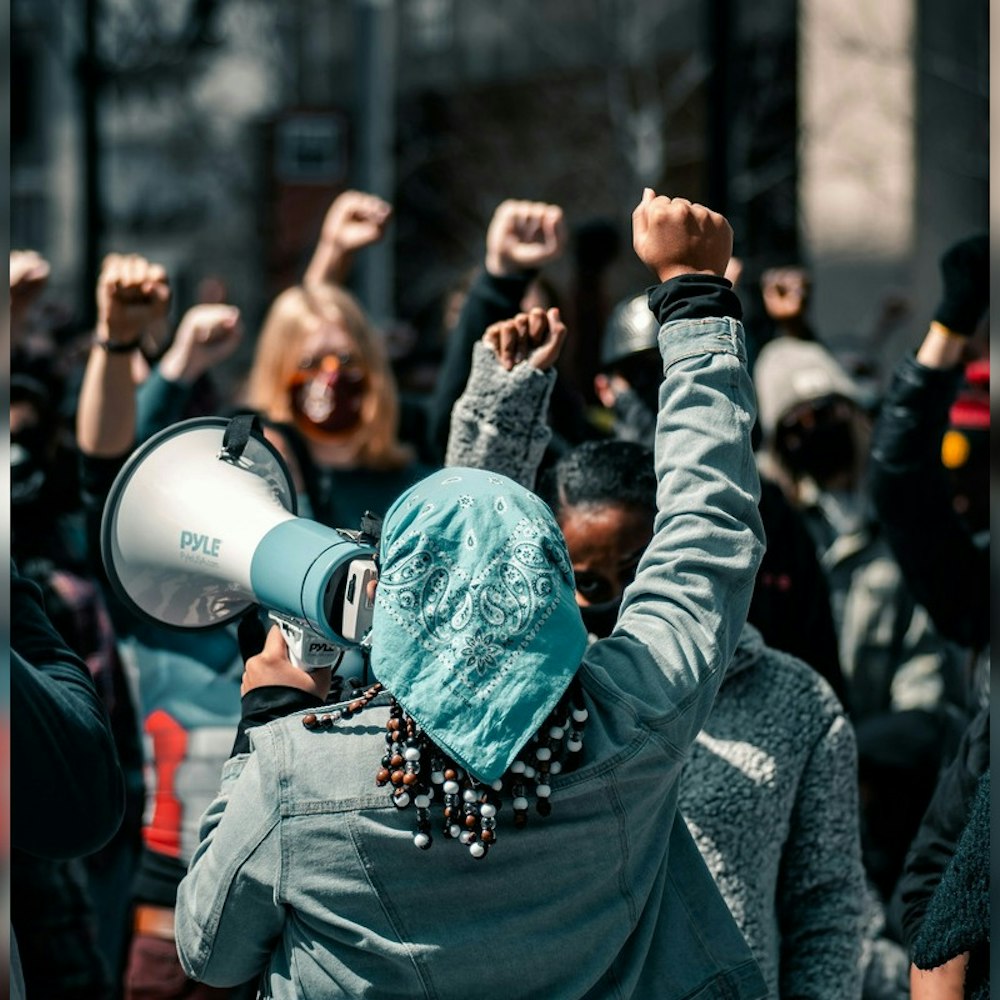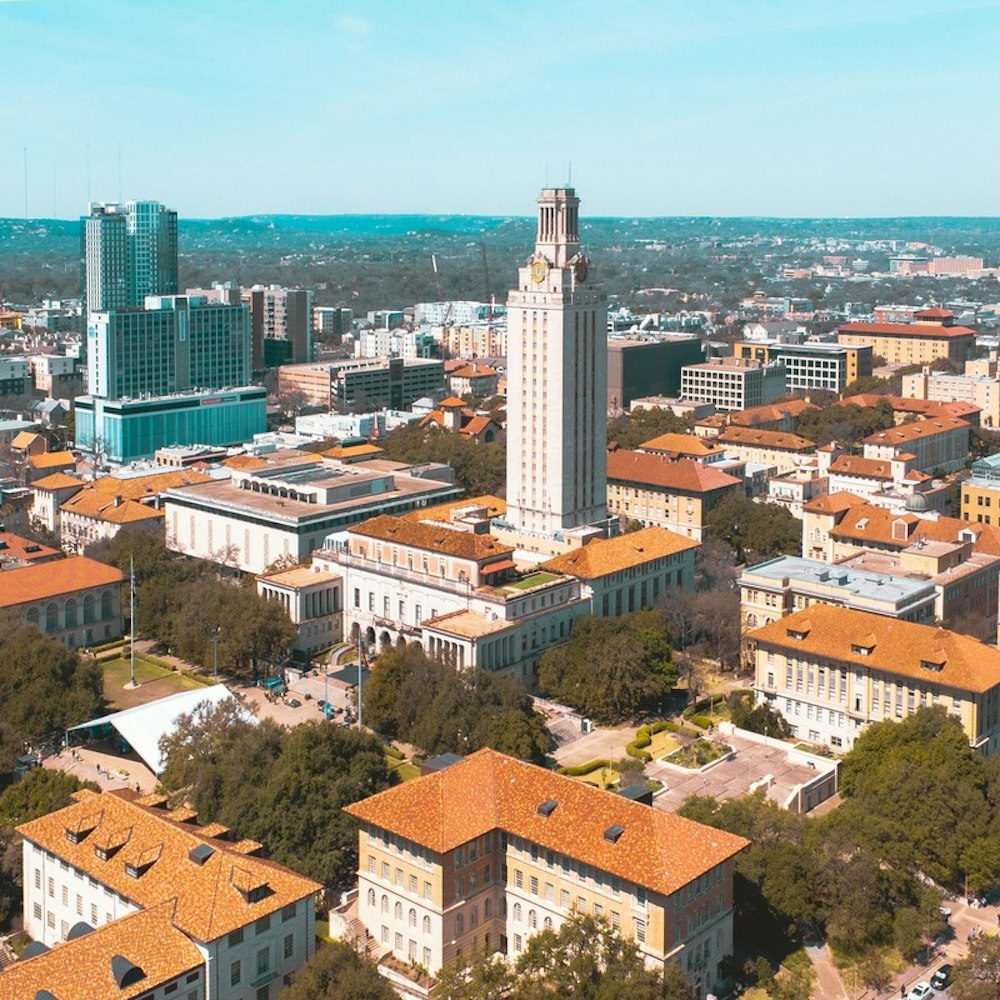
In a push to tackle the persistent problem of waterway pollution, Philly authorities and the EPA are rolling out an ad campaign called 'Trash Free Waters Begin with YOU!' The campaign was spotlighted during Earth Week celebrations, with officials emphasizing the impact of individual actions on the environment. The ads, splashed across SEPTA and PATCO stops, are designed to strike a chord with commuters and encourage them to keep the streets and water trash-free. "Whether it’s Earth Day or any other day, we all have a role to in keeping our environment cleaner, greener, and safer," EPA Deputy Regional Administrator Cathy Libertz stated in a release.
An art piece by Helen Munnelly, awarded first place in last year's art contest, takes center stage in the campaign. Munnelly's 'Fishing for Trash Free Waters' was a hit at the Delaware River Festival, securing public vote amid 67 entries. The original artwork aims to foster a stronger sense of responsibility and care for local waterways. In discussing the importance of such partnerships and public education, Philadelphia Water Commissioner Randy E. Hayman told the EPA, "The Philadelphia Water Department removes over 12 million pounds of trash and debris from local waterways and storm drains each year, and the public is a key partner in reducing the impact of litter locally."
The EPA's Trash Free Waters program, founded in 2013, works to intercept litter before it can pollute bodies of water and to remove what's already there. This initiative is about more than just cleanup; it's about reshaping attitudes, policies, and behaviors regarding waste. Kathy Klein, Executive Director of the Partnership for the Delaware Estuary, emphasized the broader implications of the campaign, saying, “Art can help. Art can turn thinking into doing and bring people together to leave a lasting impact on society.” This information was highlighted in the same EPA release.
Backing the community-level efforts, the EPA invests close to half its budget in grants supporting a diverse range of environmental programs. This includes nonprofits, state environmental initiatives, and educational institutions, a move that amplifies conservation efforts far beyond its Philadelphia headquarters. Its wide-reaching influence extends across several states and federally recognized tribes, ensuring that the message of environmental stewardship echoes throughout the Mid-Atlantic region.









